What Are the Differences Between Airplane Classes: A Practical Guide to Flight Classes

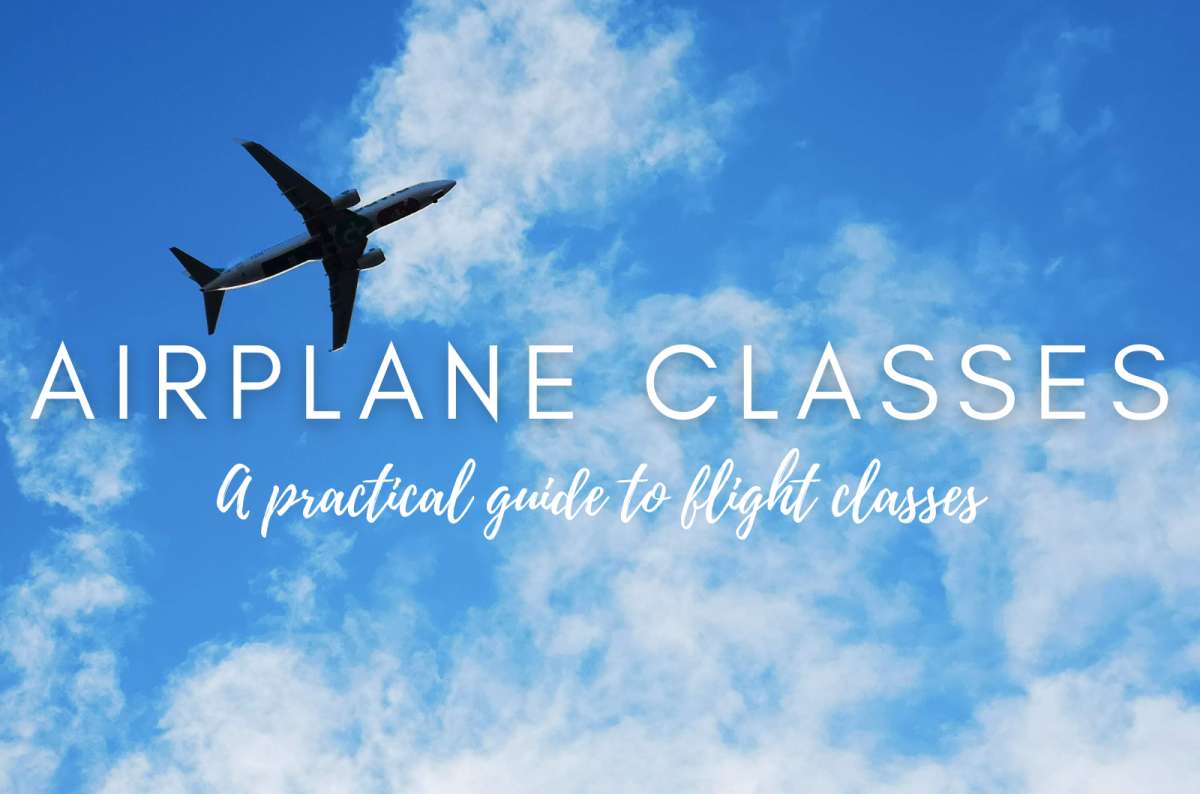
I bet you came across my article because you’re interested in learning the key differences between the different cabin classes – available on commercial flights - mainly Economy, Premium Economy, Business Class, and occasionally First Class.
I wrote this short Practical Guide to Airplane Classes in my Travel Hacks so you’ll know exactly what to expect and whether upgrading to a better class is really worth it.
All the information here is based on my personal experience of over 500 flights in different classes — from squeezing into Economy when I was broke, to enjoying Business Class when I wished I were rich.
Important note: I use Economy Class as the gold standard for benchmarking. I believe having a reference point is very useful when trying to understand the differences.
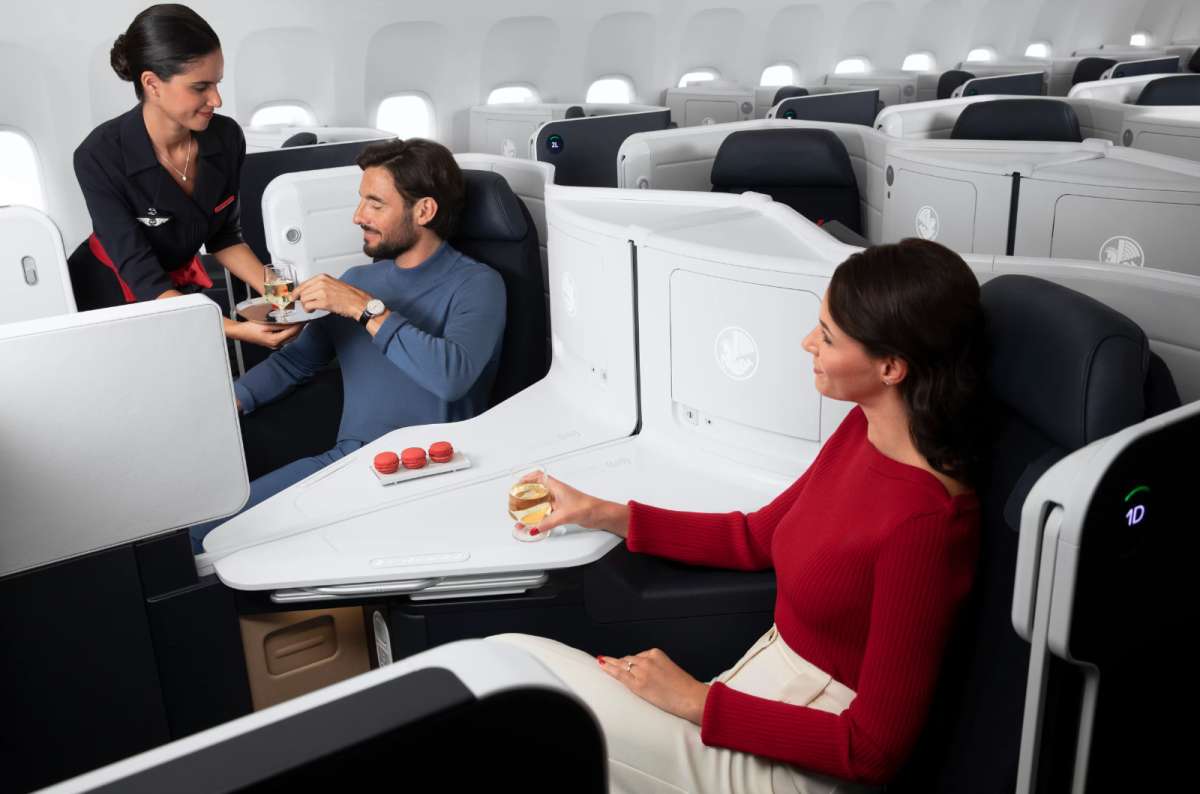
From cramped Economy to luxurious Business Class, here’s what the upgrade really looks like—extra space, fine dining, and personalized service that makes a world of difference
What will you learn about airline cabin classes?
- What to expect in Economy Class
- What to expect in Premium Economy Class
- What to expect in Business Class
- What to expect in First Class
- What are the differences between airplane classes?
- What is the same in all classes? (service, in-flight entertainment)
- What are the price differences?
- Do the classes differ among airlines?
- Do the classes differ depending on the type of plane?
- Is it worth upgrading to Premium Economy?
- Is it worth upgrading to Business Class?
What is an airplane class?
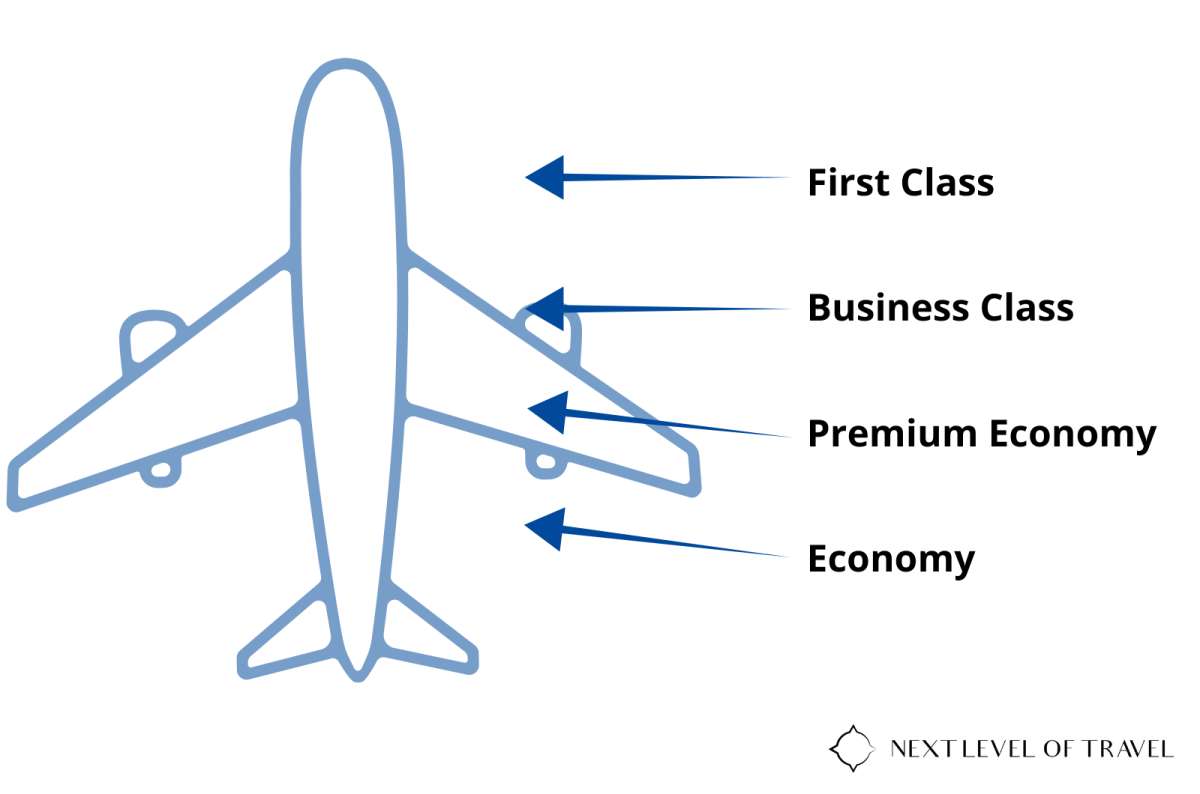
Airplane cabins are split into different classes—First, Business, Premium Economy, and Economy—each with its own level of comfort, service, and perks
Airplane class, or airplane cabin, generally refers to the different levels of service, meals, seating, and more.
Over the past few decades, flying has changed significantly to accommodate a wider variety of travelers. Economy has declined in comfort, which led to the introduction of Premium Economy for more demanding economy travelers.
Many airlines offer multiple classes of service, and most airlines categorize their seats into different flight classes to appeal to a range of travelers.
Meanwhile, Business Class has improved greatly, and First Class has almost disappeared, as there are so few travelers willing to pay the premium.
I especially like that most legacy carriers provide at least two classes (Economy and Business), and about 50% of them offer three classes (with Premium Economy as the additional option), with airlines offering a variety of amenities and service levels across these multiple classes.
Let’s get into the details of each class. I will compare them all to Economy and focus mainly on wide-body airplanes (the big ones) and long-haul flights (usually longer than six hours), where the differences are most visible.
What to expect in Basic Economy Class?
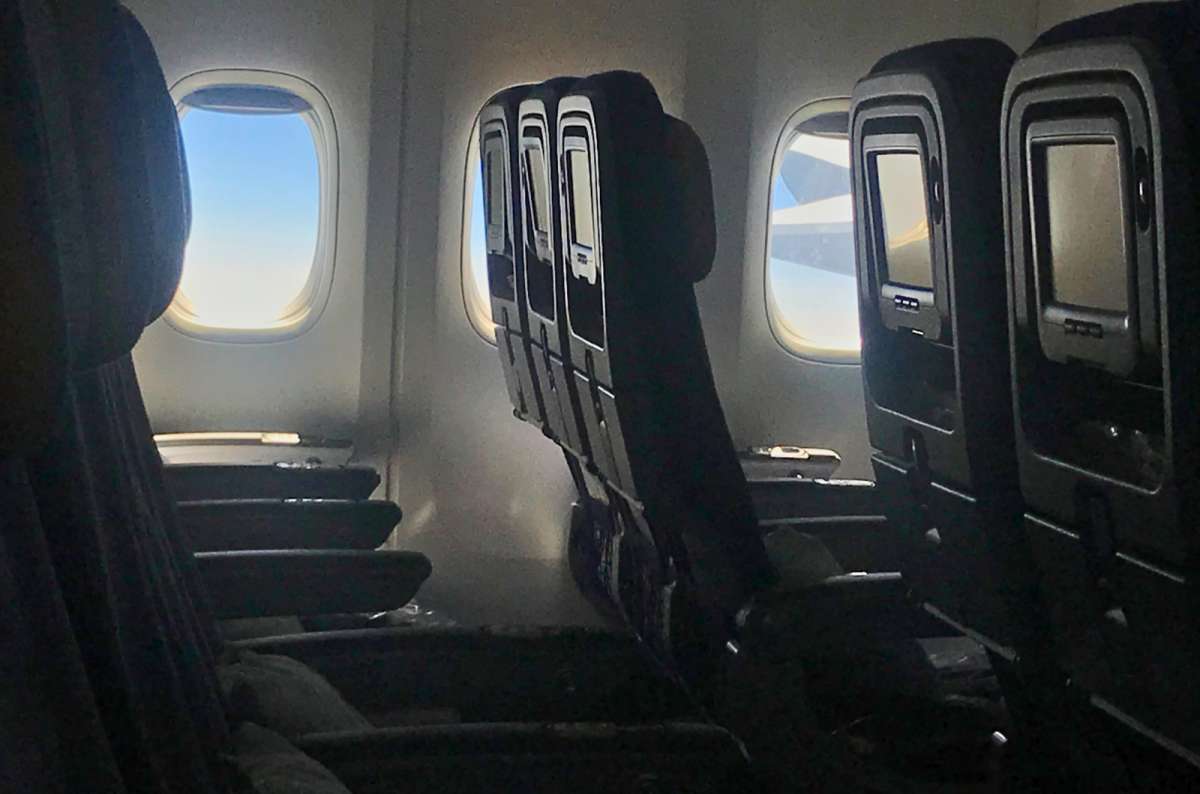
Basic Economy is exactly what it sounds like—standard seats, minimal legroom, and just the essentials to get you from point A to point B as cheaply as possible
The worst. No, just kidding… well, not really. In almost all airlines, Economy Class is the most basic class of service, also known as the basic class. It is sometimes referred to as third class or coach class on some airlines.
The main cabin, also called economy or coach, is where most economy passengers are seated.
Usually, when you fly Economy, you’re just trying to get from point A to point B as cost-efficiently as possible, without expecting much. Amenities in the most basic class typically include standard reclining seats, and depending on the airline and route, you may receive complimentary snacks or in-flight food.
Low-cost carriers and low-cost airlines generally focus on providing only the most basic class of service, often with fewer amenities and additional fees for extras. Some might even say it’s about “suffering through the flight.
Overall evaluation of Economy Class
Boarding and Lounge: 1/10
Meals: 5/10
Seats: 1/10
Services: 8/10
Price: 10/10
Overall: 25/50
What to Expect in Premium Economy Class?

Premium Economy gives you just enough luxury to make long-haul flights comfortable
Premium Economy is the new kid on the block. It first appeared in the late ’90s, and due to growing demand for better quality among economy travelers, it has now become widespread—and rightly so.
Premium Economy offers a significant improvement in seating and screen size (around 20% larger is the norm), plus a much deeper recline. For anyone who has flown in Economy, you know this makes a huge difference.
It usually also comes with upgraded meals and boarding privileges, and some airlines even go as far as offering lounge access with Premium Economy tickets, like ANA did.
Upgraded meals are a key feature of Premium Economy compared to standard Economy, providing enhanced dining options for a more comfortable and satisfying experience during extended flights.
Premium Economy is especially attractive to frequent travelers who value extra comfort and better amenities on their journeys. While Premium Economy is most common on international routes, some airlines now offer it on select domestic flights as well.
Overall evaluation of Premium Economy
Boarding and Lounge: 5/10
Meals: 7/10
Seats: 4/10
Services: 8/10
Price: 7/10
Overall: 31/50
I believe Premium Economy offers the best value for money of all airplane classes. For daytime flights, it’s my go-to choice, as Business and First Class often feel excessive for a 10-hour journey.
What to Expect in Business Class?
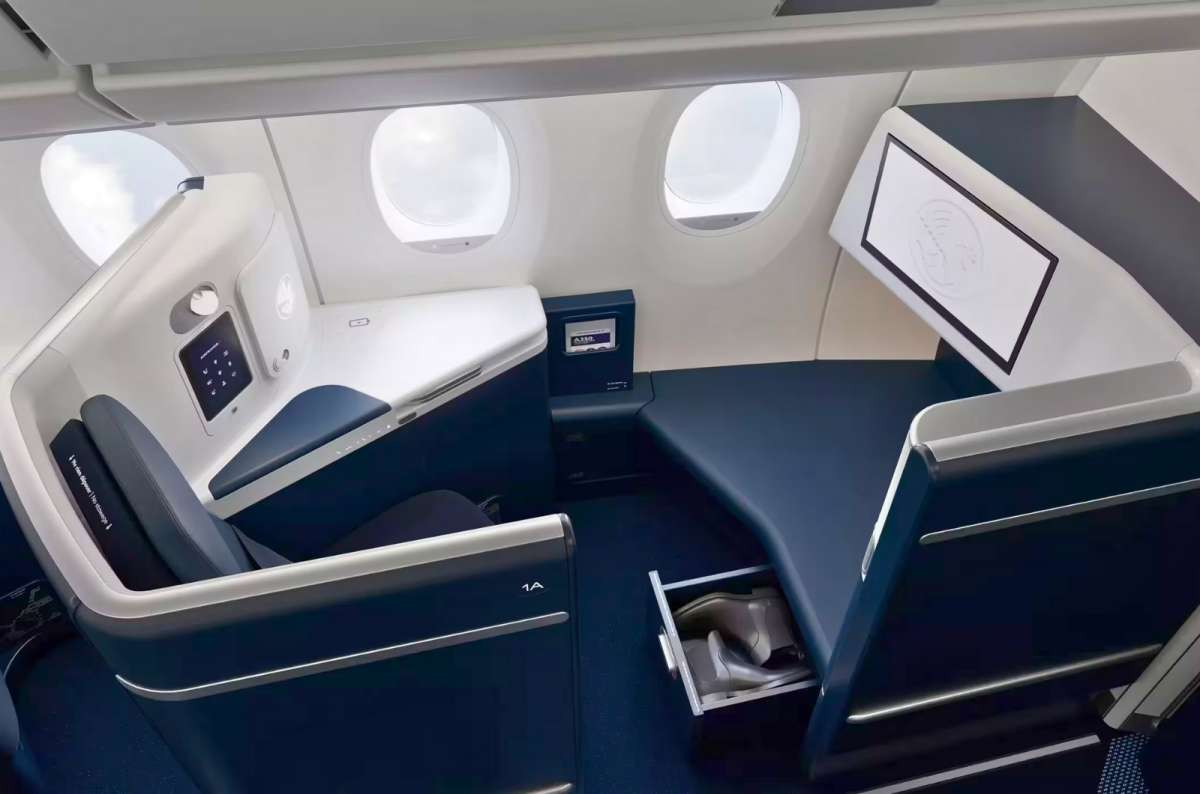
Enjoy ultimate comfort as your seat transforms into a spacious lie-flat bed for long-haul flights
Business Class is on a completely different level.
The services vary a lot and depend mostly on the type of plane—obviously, the newer the aircraft, the better. To a lesser extent, it also depends on the airline.
Many airlines offer business class and highlight their business class product, which typically includes features such as direct aisle access, lie-flat seats, gourmet meals, and premium services.
Flying business class is considered a premium experience, with amenities and comfort that set it apart from lower classes.
This is the most attainable “dream tier” of flying. You can expect priority boarding, access to business lounges at the airport, and a higher allowance for both checked and carry-on luggage.
Overall evaluation of Business Class
Boarding and Lounge: 9/10
Meals: 8/10
Seats: 9/10
Services: 8/10
Price: 3/10
Overall: 37/50
Most of all, expect a much bigger and more comfortable seat. It can recline fully, which is extremely helpful on overnight flights. You’ll also be welcomed with a drink, enjoy a much better menu, and dine with real cutlery and plates.
I’ll describe all the perks in more detail below, but the biggest advantages are the seat—allowing you to spend your flight in your own world - and the meal service. Both are significantly better than what you get in Premium Economy or Economy.
What to Expect in First Class?

A seat so comfortable it transforms into a full flat bed for the best sleep in the sky
First Class is an unattainable goal for most travelers. It is significantly more expensive than Business Class, which is already pricey.
Ticket prices for First Class are significantly higher than those for other classes, often reaching into the thousands, reflecting the luxury and exclusivity offered to first-class passengers.
This is the very best an airline can offer on any flight, providing a truly luxurious experience. First class seats are typically located in more desirable locations on the aircraft, offering maximum privacy and comfort. Passengers enjoy luxury amenities such as spacious first-class seats, multi-course meals, full meal service with restaurant-quality fare, high-speed wi fi, and exclusive lounge access.
You can expect fully private suites or “mini rooms,” double beds, dedicated crew members, and even a “shower attendant”—no kidding. There are also exclusive first-class-only lounges, premium amenity kits, and many more extras. In many ways, First Class serves as a showcase for airlines to demonstrate their luxury and prestige.
Fun Fact: Singapore Airlines, for example, is renowned for its exceptional first-class product, featuring innovative suites and outstanding service.
Overall evaluation of First Class
Boarding and Lounge: 10/10
Meals: 10/10
Seats: 10/10
Services: 10/10
Price: 0/10
Overall: 40/50
Only a few airlines still offer First Class, and it’s usually reserved for the longest routes and destinations where there’s at least some chance of passengers actually buying it.
Today, only about 10% of carriers operate a true international First Class.
It is gradually being phased out, mostly because the gap between Business Class and First Class has narrowed, and the profitability of dedicating that much space on an aircraft simply isn’t there anymore.
Seats in different flight classes
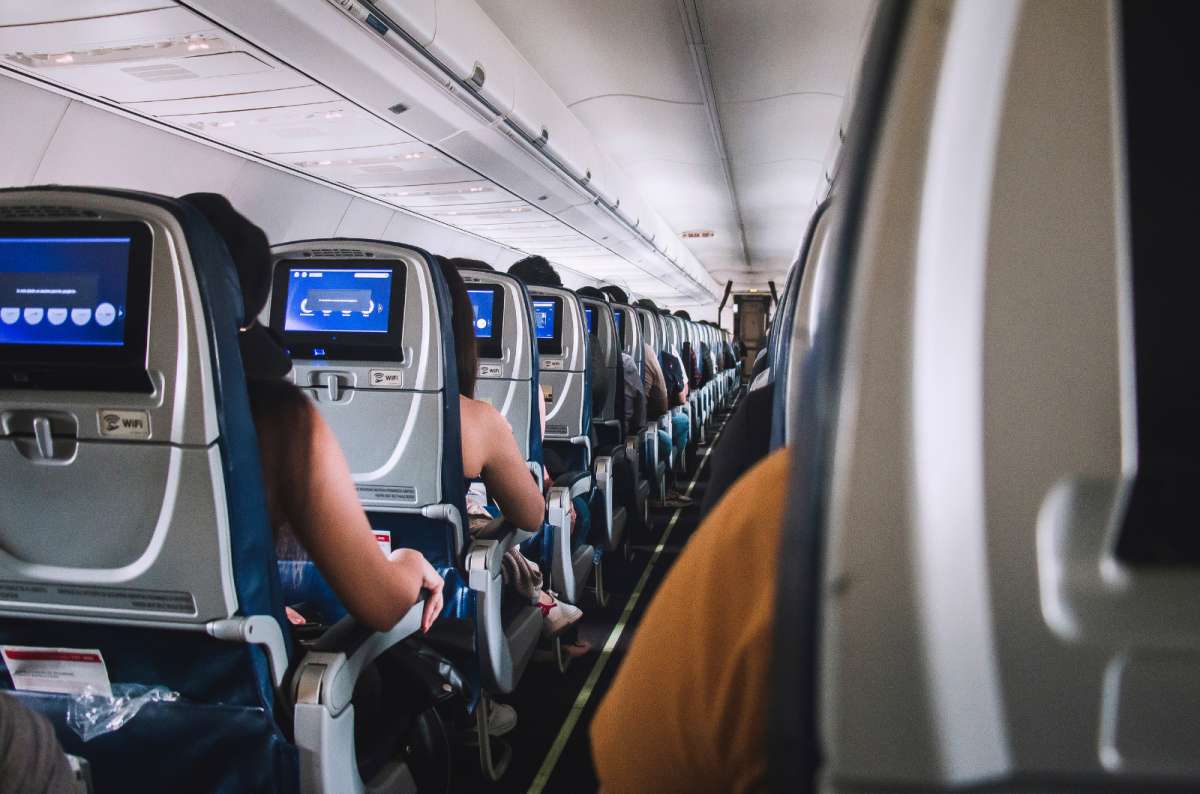
Seat comfort is the #1 reason people upgrade from Economy—especially on long-haul flights
Seating varies significantly - from Economy Class to Business Class—depending on the type of plane you’re flying. Generally, the more modern the aircraft, the larger and more comfortable the seats.
In Business and First Class, many airlines now offer lie-flat seats, which can recline fully to a horizontal position. The ability to lie flat is a key differentiator for premium seats, especially on long-haul journeys, allowing passengers to rest comfortably and arrive well-rested.
The airplane type plays a major role in long-haul flights. Wide-body planes usually offer larger seats in Economy, with the notable exception of the Boeing 787 Dreamliner, which I tend to avoid because of its cramped layout.
There are also big differences among airlines: some, like KLM, are more “economic,” while others, like Qatar Airways, are far more generous.
Ultimately, seats are the main reason people upgrade to a higher class. All other variables pale in comparison to the comfort provided.
Seating in Economy Class
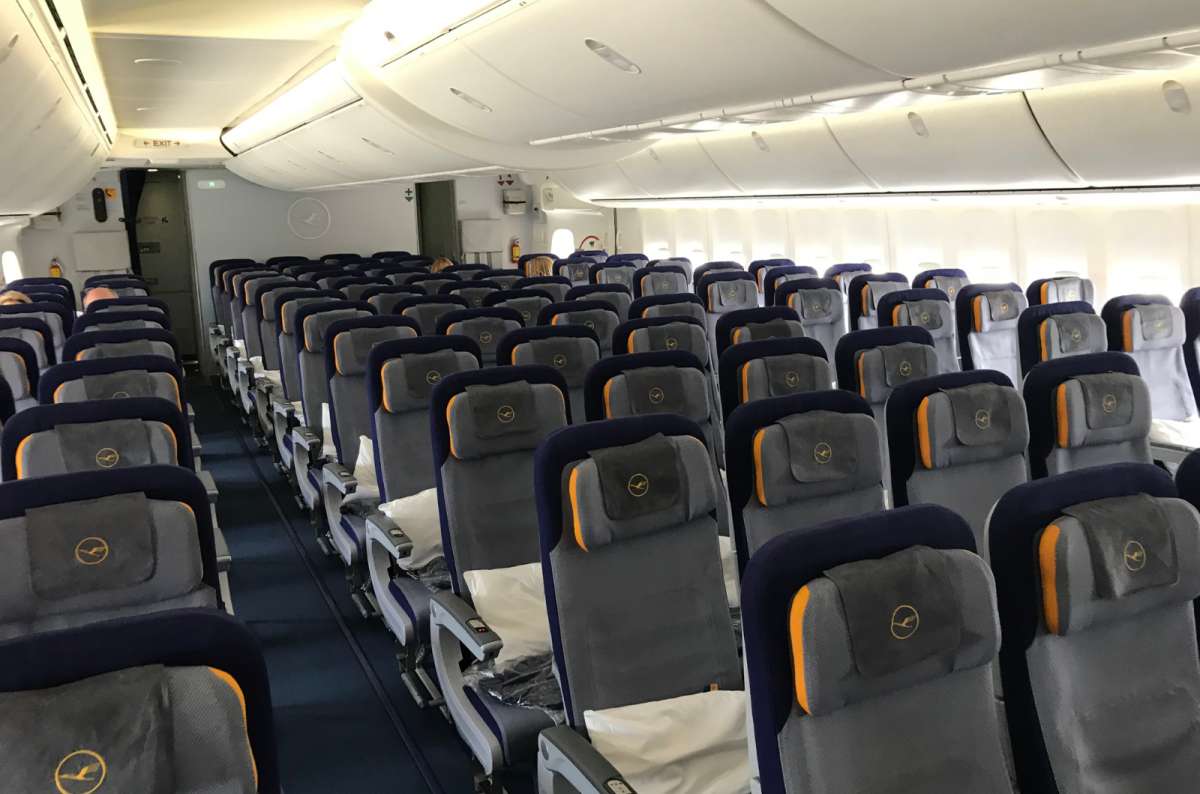
Welcome to Economy Class, where reclining is more of a suggestion than a reality. But hey, at least the entertainment screen is the same one the folks up front get to use!
Economy Class, often referred to as the main cabin on many airlines, offers the smallest seats on the plane, usually arranged in a cramped 3-4-3 layout—or, if you’re lucky, a slightly better 2-4-2 configuration.
The seats recline up to about 15 degrees—in plain terms, very little—so unless you’re a gymnast, you’ll find it almost impossible to sleep.
That said, you’ll still have the same in-flight entertainment as in the higher classes, typically on a screen in front of you.
Seating in Premium Economy Class
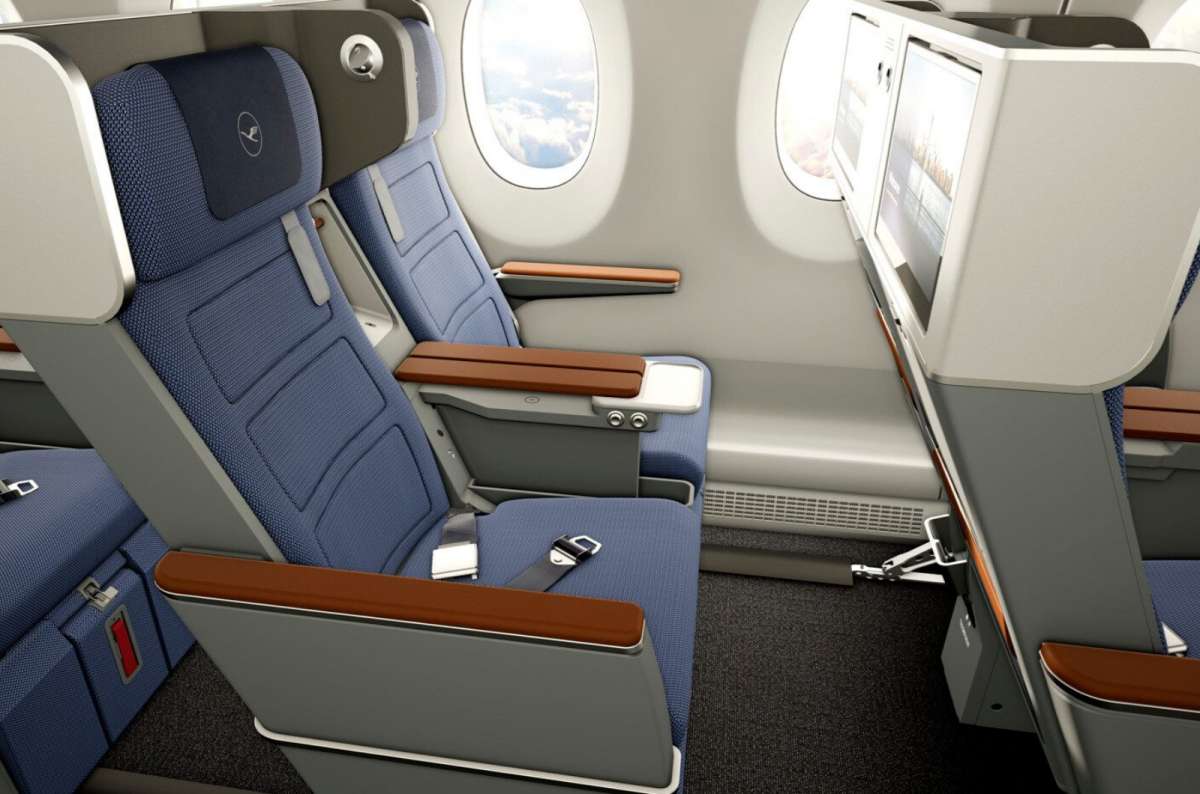
Premium Economy is a clear step up from standard Economy—more space, deeper recline, bigger screens, and upgraded meals that make long-haul flights far more enjoyable
Premium Economy seats are the sweet spot. You can expect a much better recline—up to around 22 degrees—and noticeably wider seats. On the most modern aircraft, you may even get bulkhead-style seats with extra separation from your neighbors.
You’ll also enjoy a larger screen in front of you and a reasonably comfortable night’s sleep.
For me, Premium Economy is the go-to choice on daytime flights, as the seats are wide and comfortable enough to keep you from feeling worn out during the journey.
Seating in Business Class

Business class really is the dream tier of flying—priority boarding, lie-flat seats, gourmet meals… and yep, it shows in the price too
Business Class comes with its own bulk seat, completely separated from your neighbor.
It reclines fully and, while the width varies, it’s generally spacious enough to let you lie down comfortably and get real sleep.
I must admit, Business Class seats are the kind you dream about while flying. In fact, I’ve had some of the best sleep of my life in Business Class—better than at home or in many hotels—simply because the seats are that ergonomically good.
You’ll also find a significantly upgraded amenity kit waiting for you and a much larger screen, though the in-flight entertainment options themselves are usually the same.
What are the services in the different Cabin Classes?
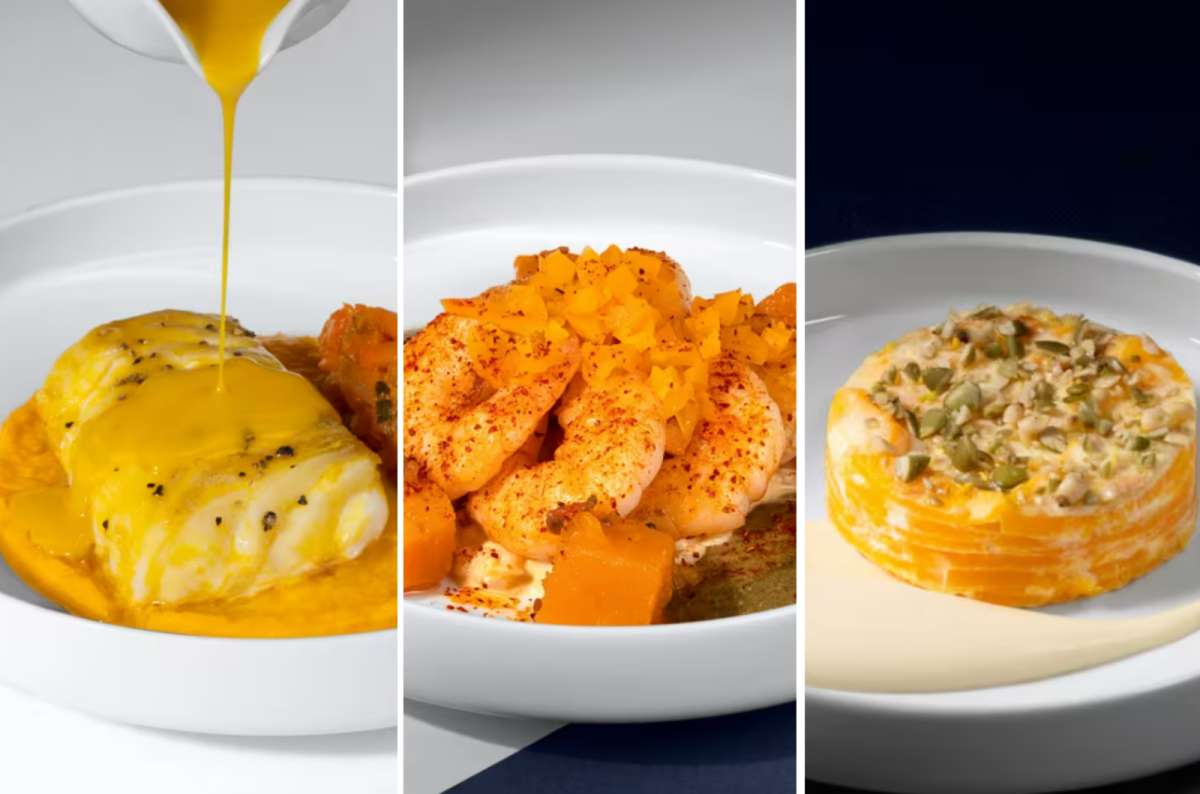
Airline meals aren’t created equal—sometimes you get instant noodles, and sometimes you get this
I find the in-flight services to be more or less the same across all classes, so there’s no real issue there.
However, the class experience can vary significantly depending on the airline and the specific cabin class chosen, such as first class, business class, or economy. It depends much more on the airline than on the cabin class itself.
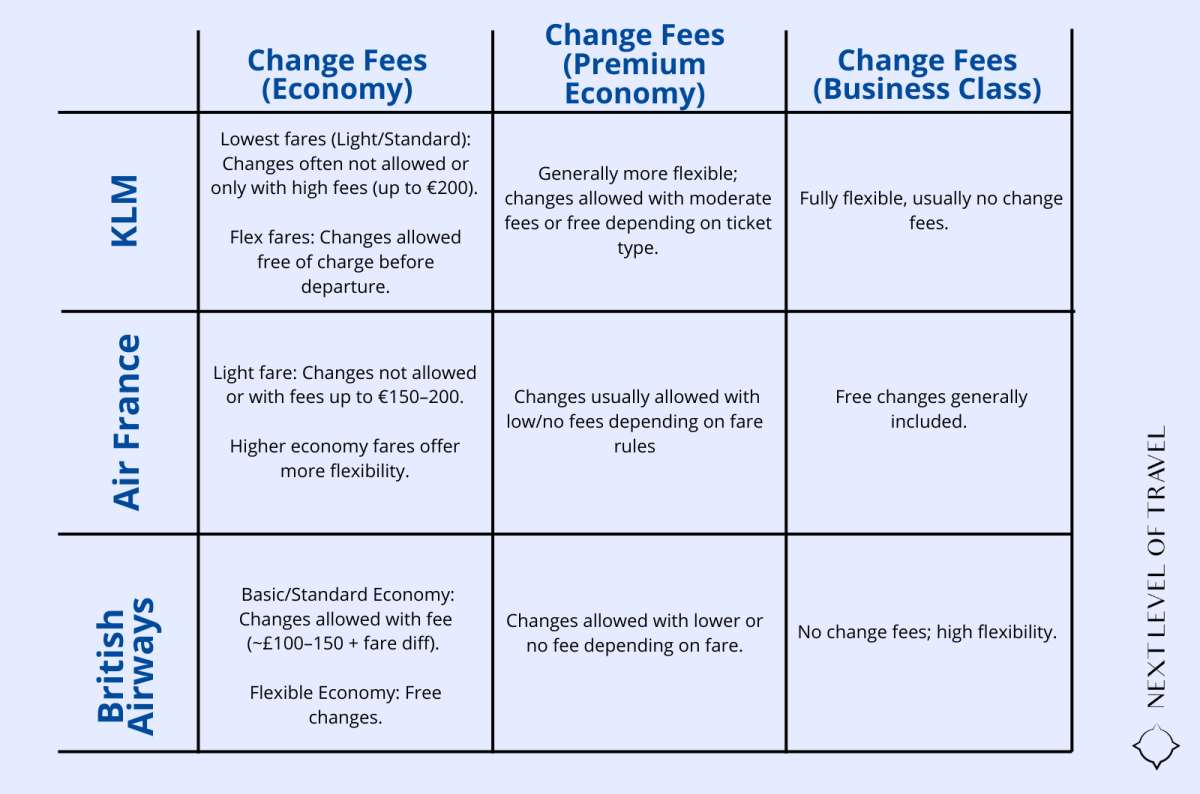
Change fees by airline and cabin class: KLM, Air France, and British Airways compared
Basic Economy Class services
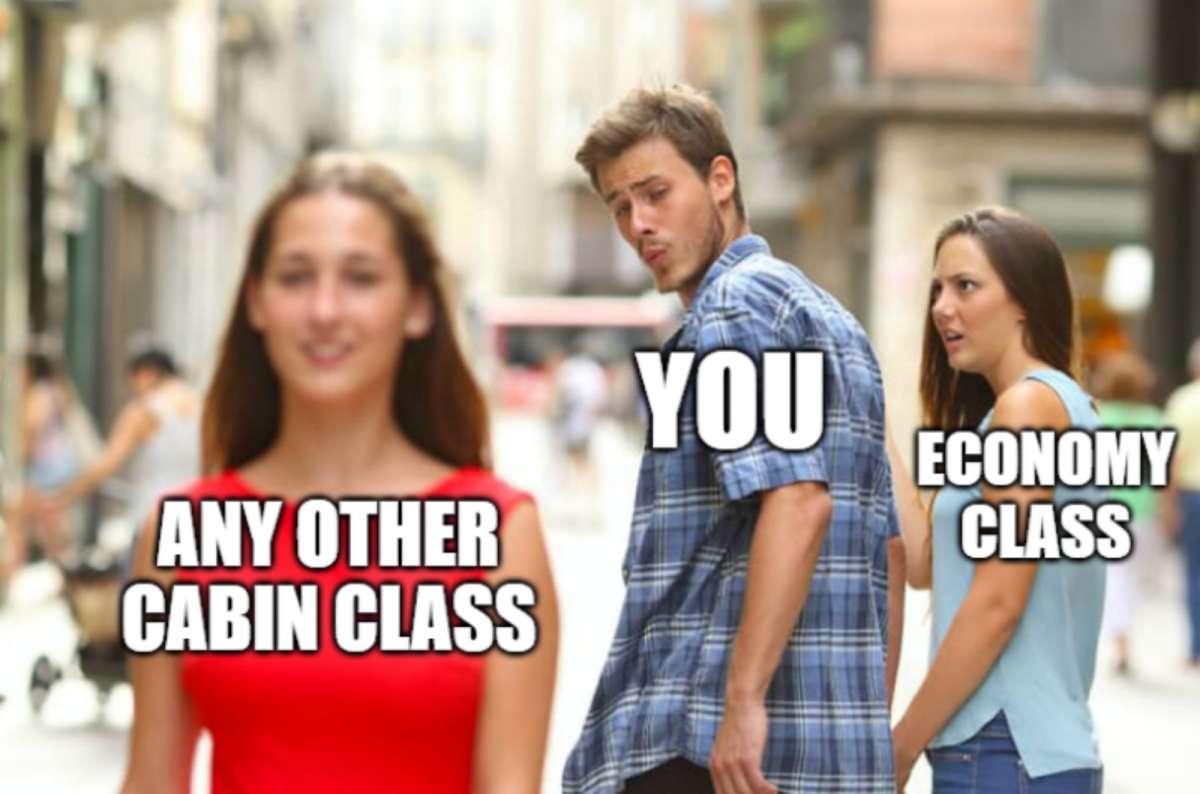
When you say you’re loyal to Economy but keep eyeing Business and First Class
What is a bit different is luggage: you’ll usually get a 22 kg checked bag plus cabin luggage included in the price—unless you’ve booked some sort of “super light” no-luggage fare.
Another service difference is flexibility. In Economy, you generally can’t cancel your ticket, and you’ll pay the highest change fees for any modification—whether it’s your seat, time, or date. These fees can go as high as the full price of the ticket. In Business Class, these costs are usually much lower.
As for the amenity kit, expect the simplest version: basic earphones, socks, and the smallest blanket.
Premium Economy Class services
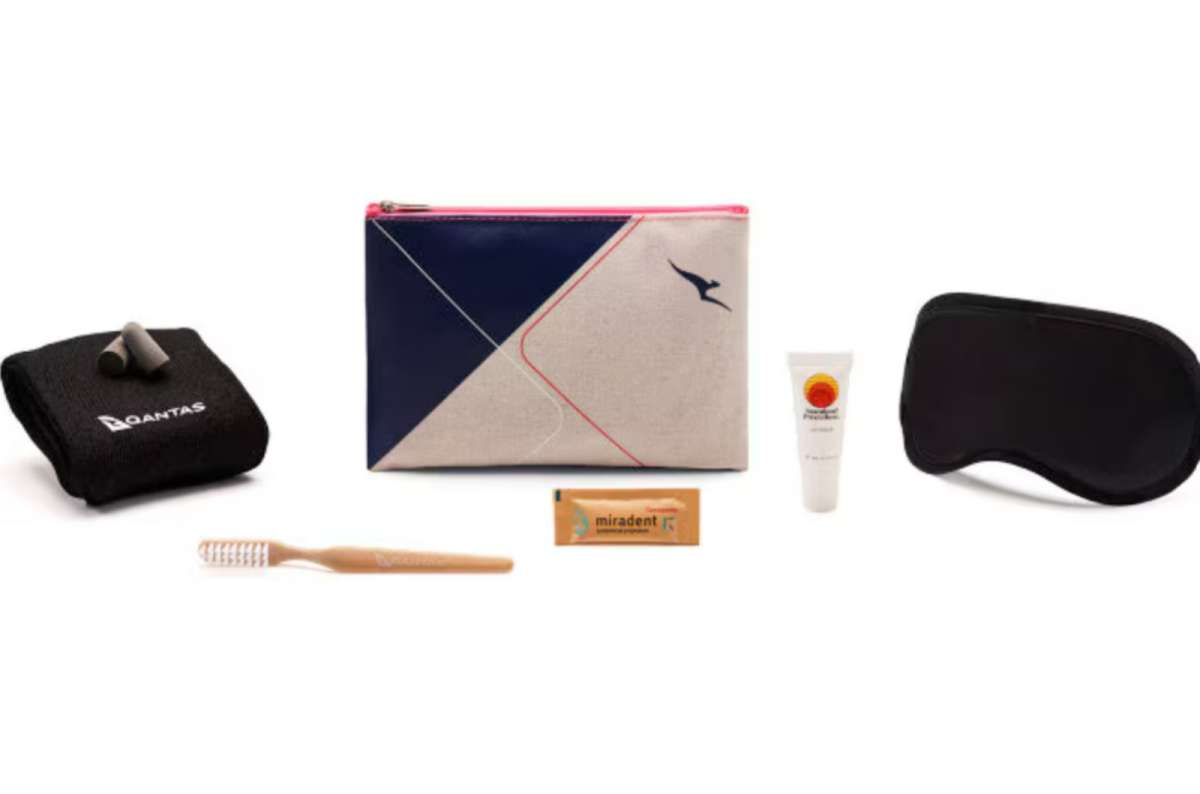
A look inside the Premium Economy amenity kit on Qantas—better than Economy, but don’t expect First Class treatment
Premium Economy services vary greatly between airlines. Sometimes you’ll have the same attendants as in Economy, while other times there are dedicated Premium Economy crew members.
Luggage allowances also differ—some airlines include extra baggage, while others don’t.
Generally speaking, with the major legacy carriers like Lufthansa, American Airlines, British Airways, Air France, Qatar, or ANA, you can expect a slightly improved level of service compared to Economy.
Luggage and Boarding: Premium Economy
Premium Economy usually includes two checked bags (22 kg each) and two pieces of cabin luggage.
When it comes to boarding, sometimes you get priority and sometimes you don’t. Based on my experience, I’d say I had priority boarding on about 50% of my Premium Economy flights.
As a bonus, a small percentage of airlines even grant lounge access with Premium Economy tickets.
Meals in Premium Economy Class
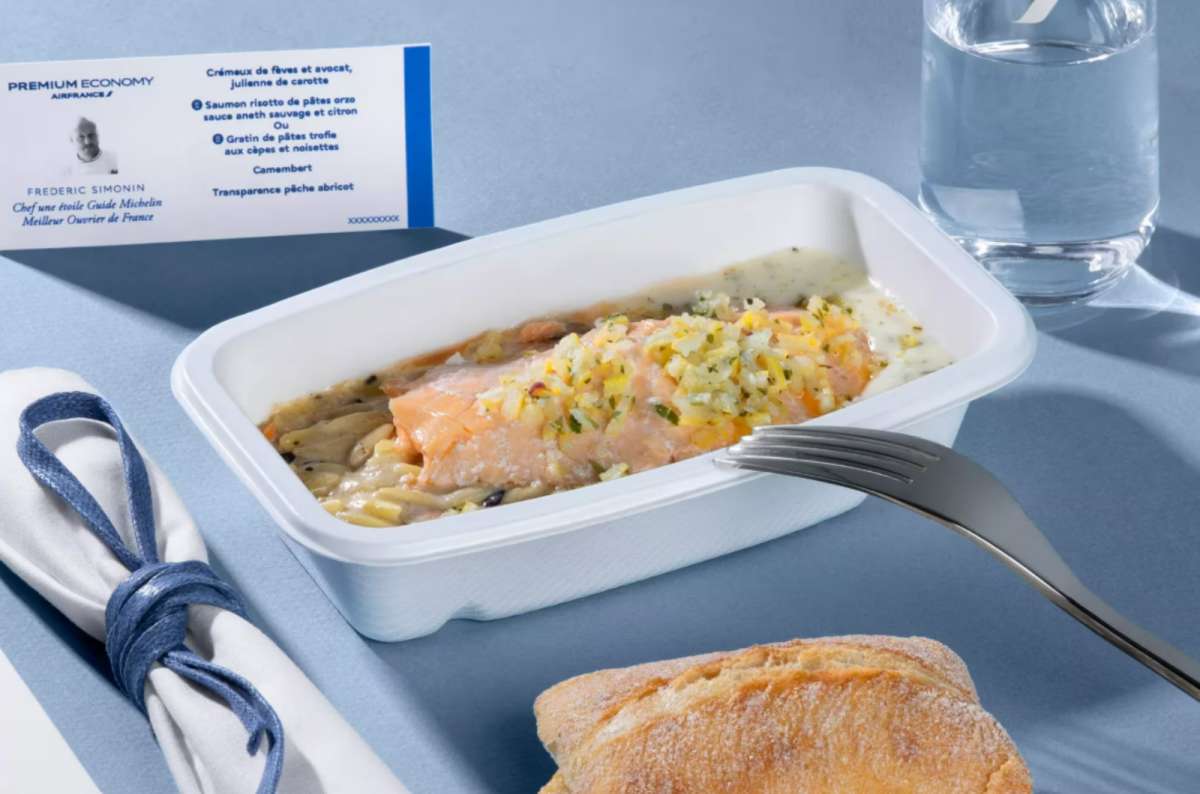
Air France Premium Economy serves up elevated in-flight dining like this Michelin-starred salmon risotto by Frédéric Simonin
Meals are probably the biggest “perk” in Premium Economy Class. They’re certainly worse than in other classes, and you’ll be eating off plastic trays—but in recent years, airlines have actually improved the quality quite a bit.
You’ll typically get a starter, a main dish, and a dessert.
Business class services

Dining in Business Class: where your tray table doubles as a fine-dining restaurant at 35,000 feet
It’s fairly standard to get better service in Business Class compared to Economy or Premium Economy.
Expect dedicated flight attendants and restrooms reserved just for Business Class passengers. The dining experience is also on another level—you’ll be welcomed with a drink, enjoy a much better menu, and dine with real silverware and plates. With à la carte service, it almost feels like being in a restaurant.
Business Class also includes lounge access, often with full meals and even showers. These lounges are usually miles ahead of the standard airport lounges that are open to everyone.
Luggage and Onboarding
You’ll have at least two checked bags (22 kg each) included - and sometimes even more, depending on the airline.
You’ll also always get priority boarding, and in many cases even your own dedicated entrance to the plane—just to make you feel like a “better person.
Meals in Business Class
Meals are far better than in Economy and slightly better than in Premium Economy. Airlines often try to make them feel like fine dining, though the quality doesn’t quite reach that level.
That said, you’ll still get paper menus, welcome drinks, proper fish or steak options, champagne, and all the extras. It’s definitely an improvement - but for me, it doesn’t fully justify the price.
What are the price differences?
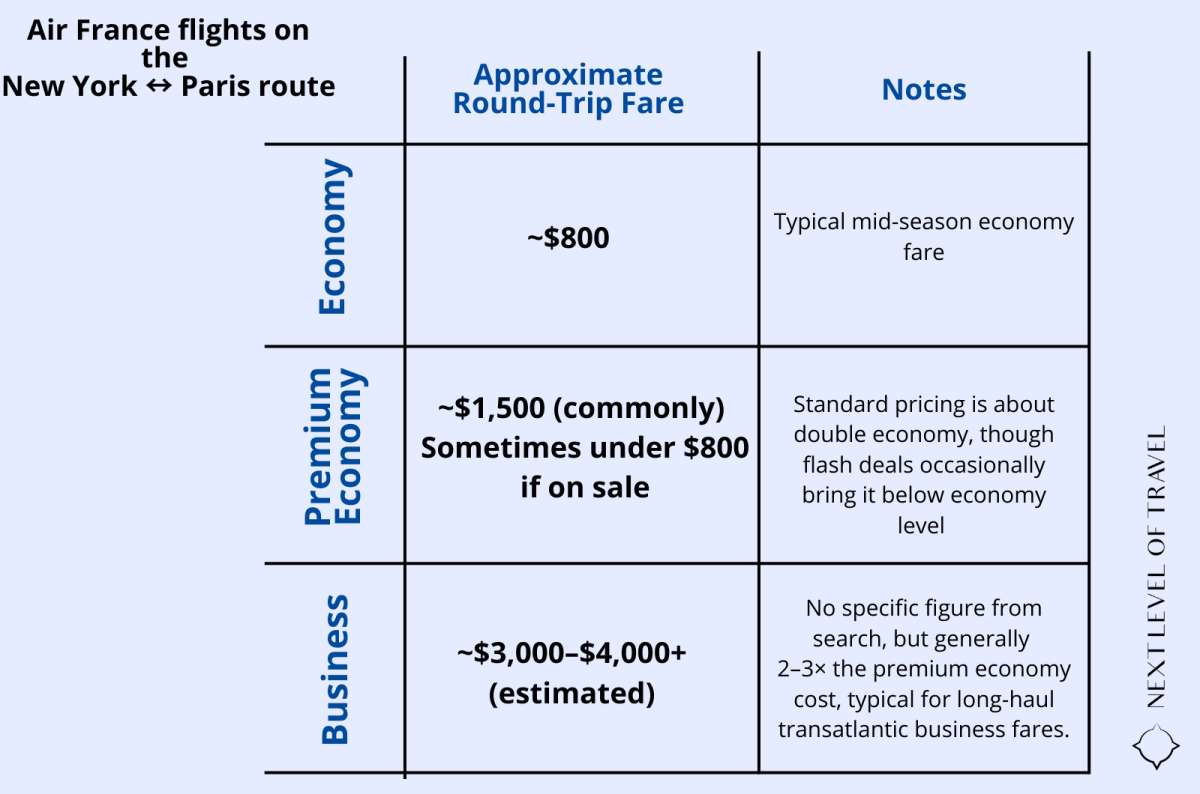
On the New York–Paris route with Air France, Premium Economy is usually double the cost of Economy—but flash deals can make it a steal
The price differences vary significantly and depend on the type of plane, length of the route, and airline.
Ticket prices are influenced by fare classes, booking codes, and the fare basis code, which determine the flexibility, perks, and rules of each ticket. Flight duration also impacts what is included in the fare, such as meals and baggage allowances.
Let’s break it down.
What are the Economy Class prices?
This is the main reason most people fly Economy—you simply get the most basic service for the lowest price. Getting from point A to point B as cheaply as possible is the goal, right?
Usually, when you travel in Economy, you don’t expect much. Some would even say it’s about “suffering through the flight.”
For long-haul flights, prices usually start around $400 and go up to about $1,200. Extreme deviations are rare unless the route is unusually long.
What are the Premium Economy prices?
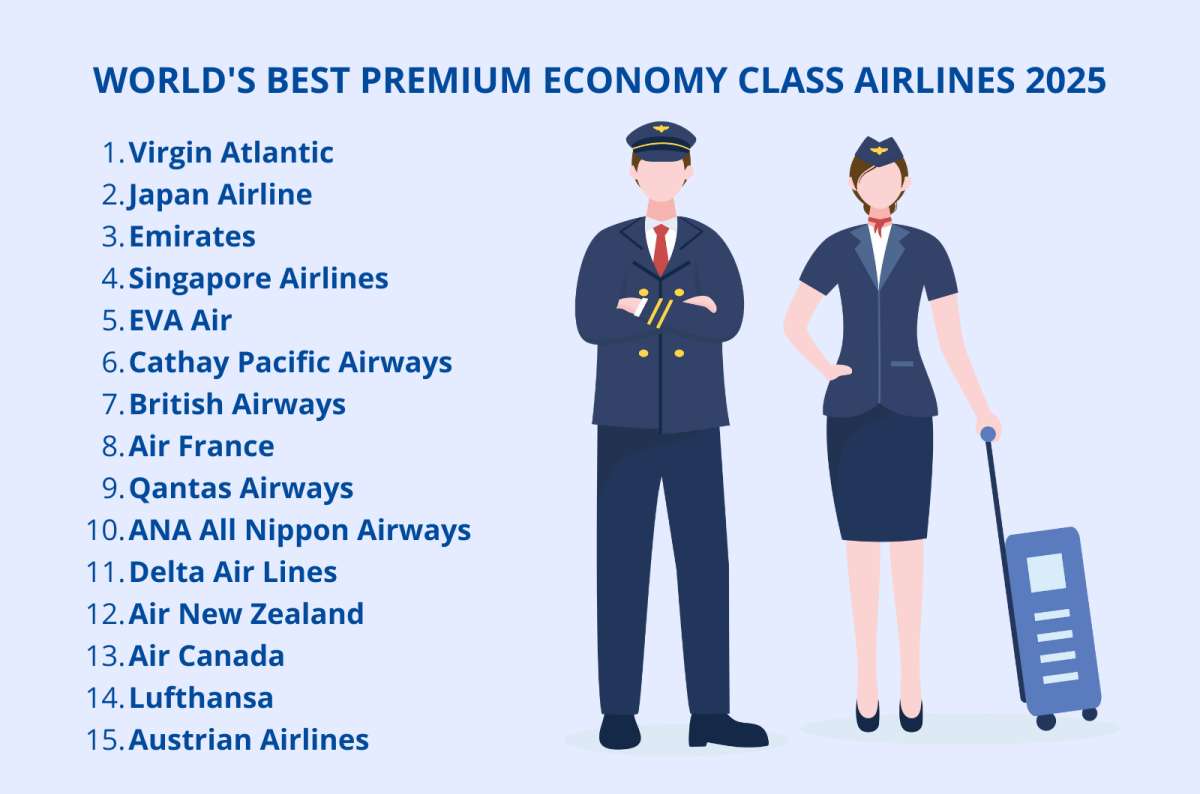
These 15 airlines lead the way in premium economy comfort for 2025—Virgin Atlantic, Japan Airlines, and Emirates take the top spots
The main question here is: Is it worth upgrading? Premium Economy is typically 50–100% more expensive than Economy for the same flight.
- Anything below a 50% difference is a bargain.
- Anything higher than 100% is usually too expensive to be worth it.
Expect prices to range from around $1,000 to $2,000, depending heavily on the route and airline.
Rule of thumb: if Premium Economy costs 70% more or less than Economy on the same route and airline, it’s usually worth the upgrade if you have the budget.
What are the Business Class prices?
Business Class tickets usually cost about 2.5x the price of Economy, and they tend to fluctuate less than Economy or Premium Economy fares.
Expect to pay anywhere from $1,500 up to $4,000 for a return ticket, depending on the route and carrier.
I recommend choosing Business Class for longer routes (where the comfort pays off) and weekend flights (which often come cheaper).
Does aircraft type play a role?

Landing back to reality after flying business class—cue the tiny seats and overpriced sandwiches
Yes, it plays a big role—especially in the higher classes. Prices are often higher on newer aircraft because passengers are willing to pay more for upgraded seating and modern cabins.
Nobody wants to pay a premium for an “old” Business Class or a lackluster Premium Economy product. The newer the plane, the higher the price—but also the better the experience.
How to upgrade to Business Class or Premium Economy
Here are a few practical tips:
- Forget about free upgrades. They simply don’t exist, no matter what others say.
- Watch for email promos. Just before departure, airlines sometimes offer one-way upgrades at discounted prices if they haven’t sold out premium seats.
- Ask at the airport. If you’re traveling alone, check at the counter—sometimes upgrades are cheaper than you’d expect.
- Don’t overthink timing. Prices for Business Class don’t fluctuate much, so “timing the market” rarely helps.
Is it worth upgrading to Premium Economy or Business Class?
Premium Economy: almost always worth it—especially on daytime flights. The seating comfort alone makes a big difference.
Business Class: worth it if you find a good deal or if you’re on a night flight and need to arrive rested and ready to function.
Quick rule:
- Upgrade to Premium Economy if it costs ≤70% more than Economy.
- Upgrade to Business if it costs ≤150% more than Economy.
Key Takeaways
To wrap up, here are the main points:
- The less you pay, the less you get. The more you pay, the more you get.
- Upgrading to Premium Economy or Business can be worth it if the price is right.
- The quality difference roughly matches the price difference (2x the price usually means 2x the comfort and service).
- If you have extra budget, go for Business.
- If you just need to get from A to B, stick with Economy.
This post contains affiliate links. If you make a booking through one of my links, I may earn a small commission—at no additional cost to you. Thank you for your support!


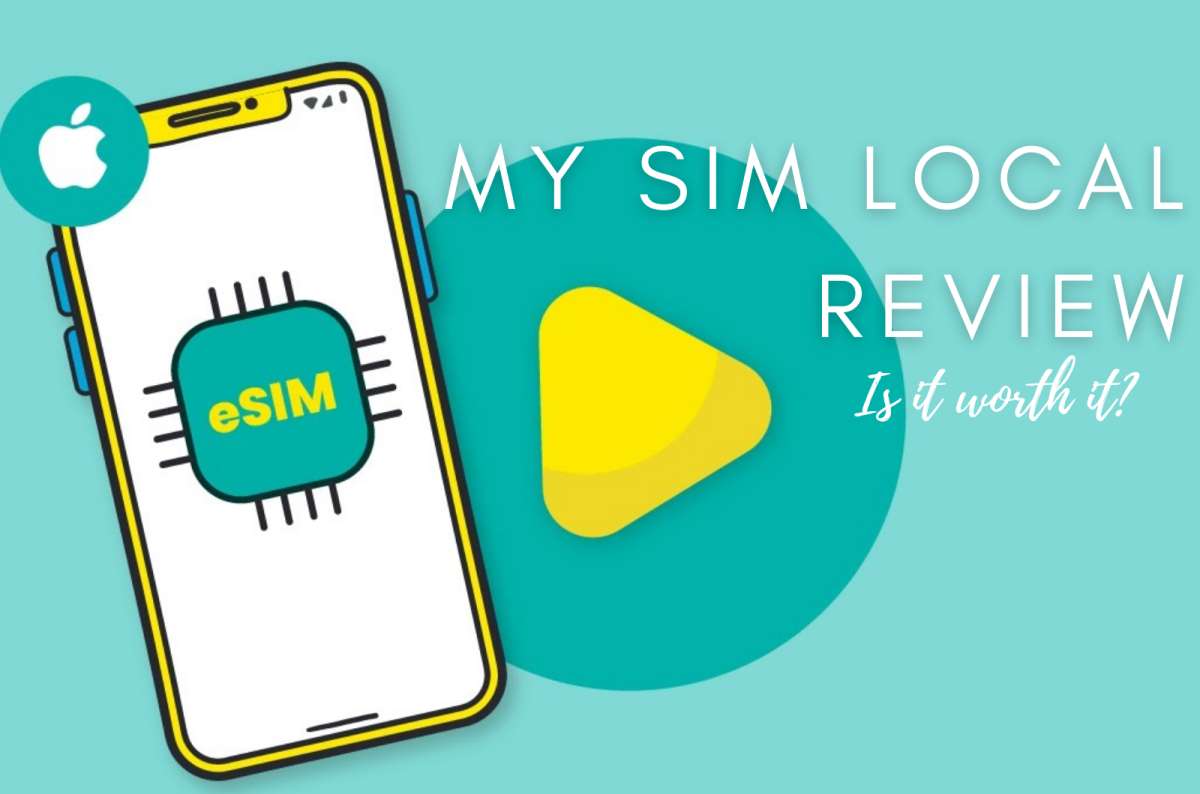
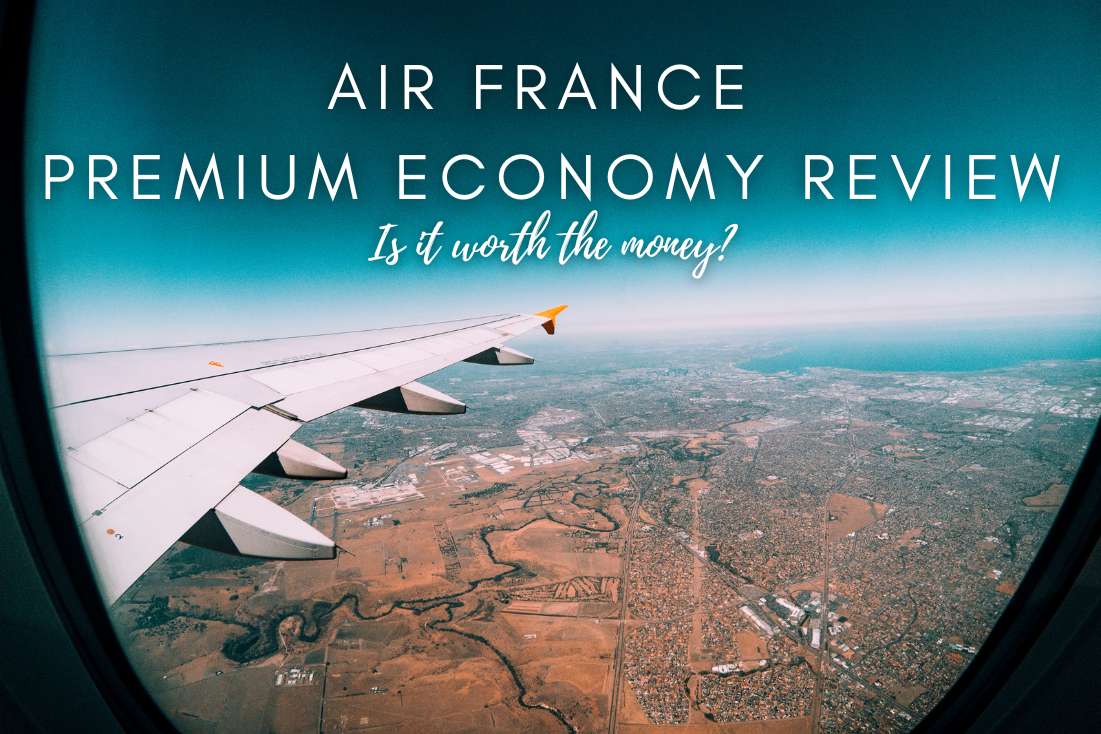
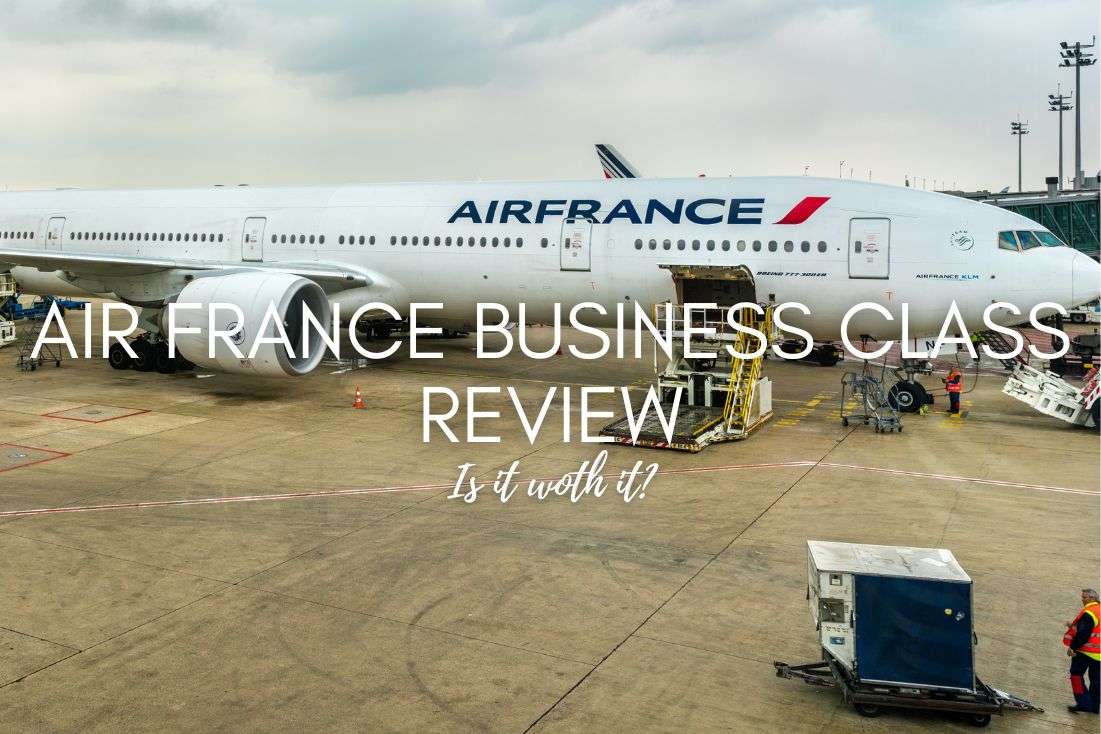





Comments | Thoughts? Give us a shout!